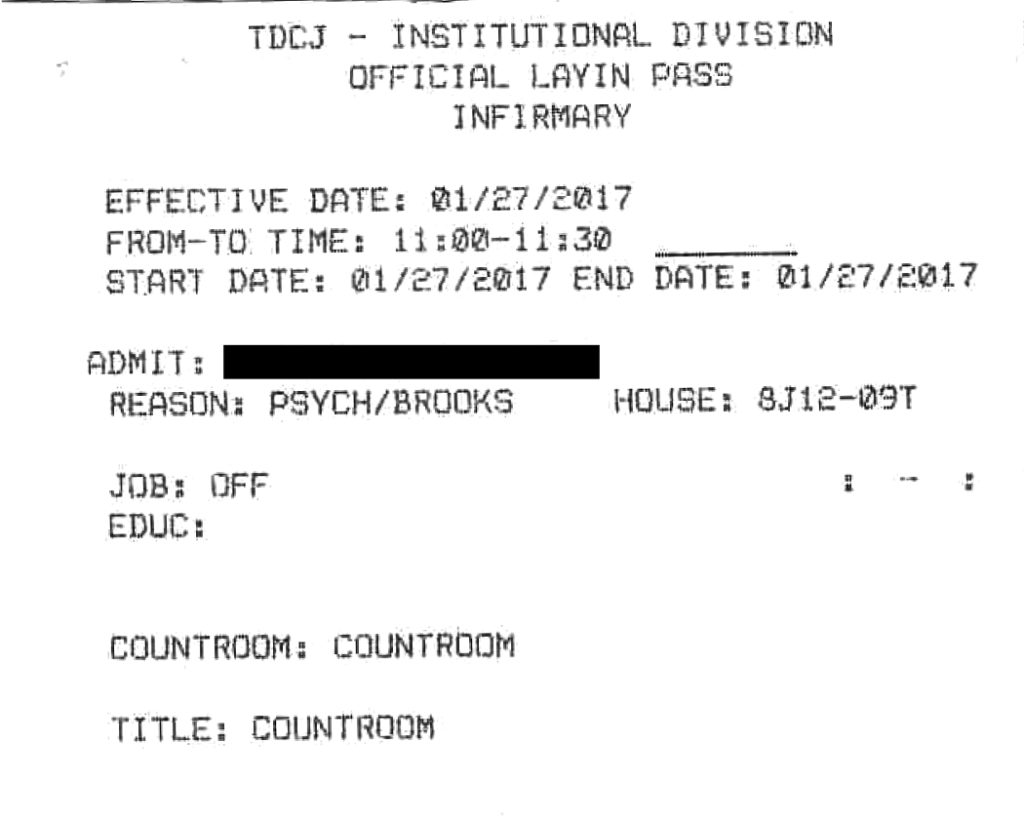Civil suits concerning the summer heat in Texas prisons, and the negative health effects related to that heat, have resulted in work and living restrictions for prisoners sensitive to the heat.
Most of the time when someone says they have a heat restriction, they are referring to work heat restrictions. It is important to understand that these restrictions do not govern housing in temperature controlled areas.
After a suit (Cole v Collier, settlement here) concerning excessive heat was won against TDCJ, new policies were implemented, including a policy for setting a “Heat Sensitivity Score” (HSS, or heat score) for “Cool Bed Priority” prisoners. A discussion of this policy can be found in Sain v Collier here.
Persons who meet qualifications based on medical conditions and prescribed medications are to be given a heat score of at least one point (P01, no heat sensitivity would be P00). The conditions include:
- Heart and medical disease;
- Mental health disorders;
- Dementia and Alzheimer’s disease;
- Developmental disabilities;
- 65 years of age or older with certain conditions or prescribed certain medications.
The discussion in Sain v Collier here provides further specifics about these qualifications.
We don’t know as much as we need to yet about these heat scores and how they are being assigned, but we hope to learn more in the future. Currently, when someone is advocating for housing in temperature controlled areas, we are asking them to find out what their heat score is, which should be a code ranging from P00 (no heat score) to P05 (highest priority).

